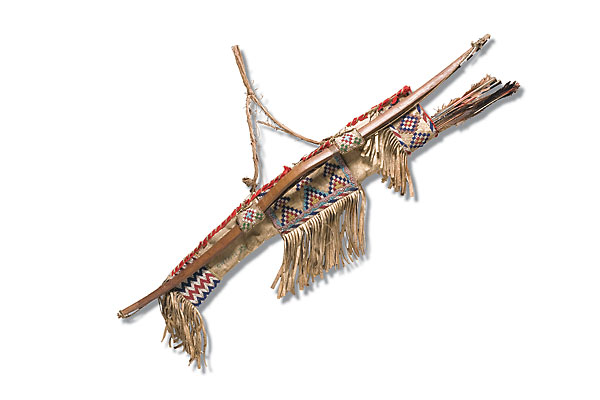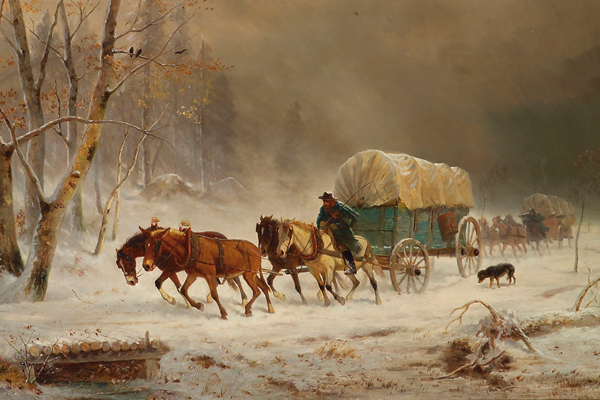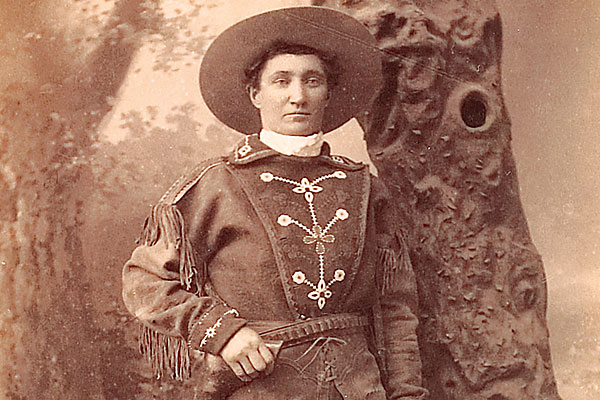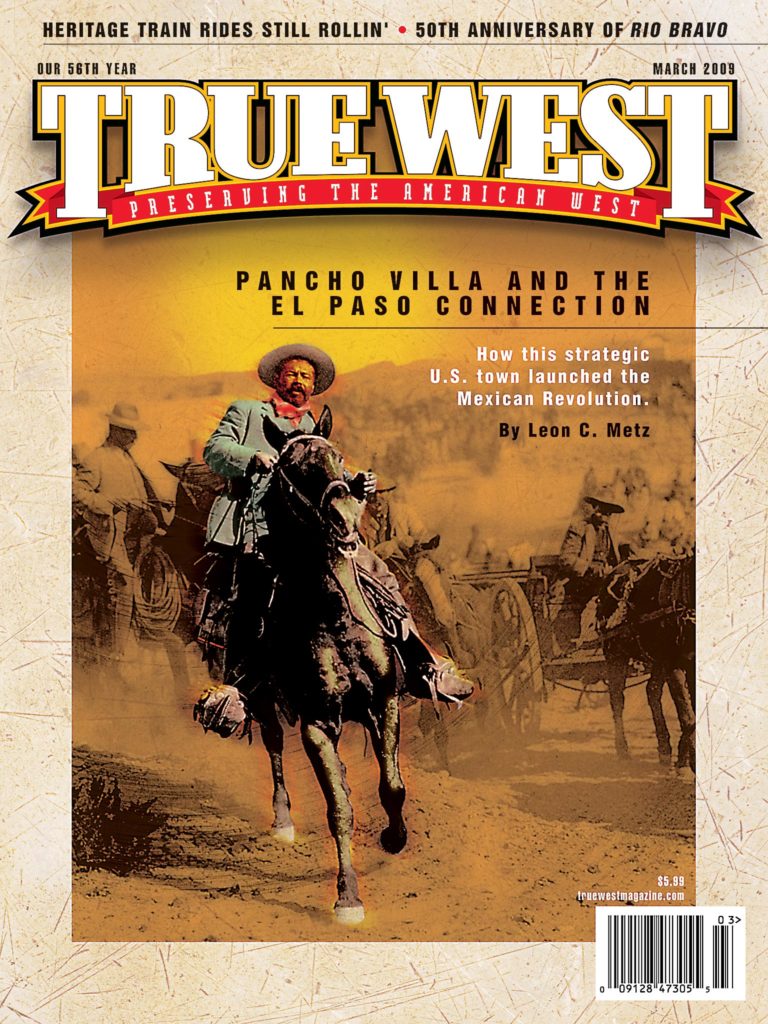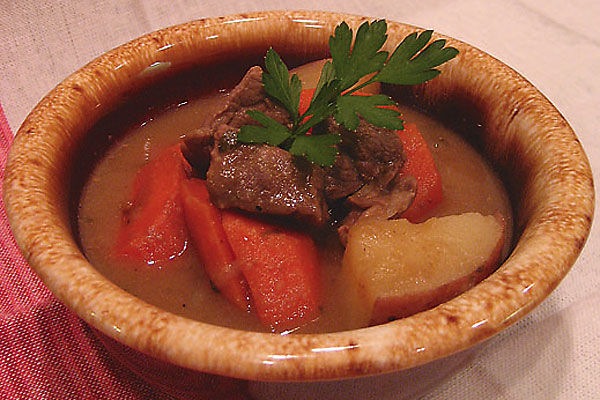
“After we reached the plains, the only fuel we had was buffalo and cow chips,” wrote six-year-old Nellie Gray, a second cousin to Sheriff Pat Garrett, recalling her daily chores along the emigrant trail.
“Every day when we stopped for dinner, and at night, my oldest brother and I had to take two sacks and gather the chips. Mother made sour dough biscuits twice a day and corn bread for our noon meal. She baked it in Dutch ovens, and my brother and I would watch to see if she dropped any of the chip ashes in the bread while baking it, for we thought it was awful to have to use the buffalo and cow chips to cook with.”
Many pioneers found themselves surprised when they reached the plains and discovered there were no trees. Cooking along the trail was indeed a challenge. Food supplies were one thing, but the fuel needed to cook them was quite another.
While crossing the treeless plains, the pioneers learned to burn cow or buffalo chips for fuel. Really, chips is just a nice word for dried buffalo poop. Some of the more refined emigrants called it, “Bois de Vache” or “Wood of the Cow.”
Can you imagine waking up and knowing that your after-breakfast chore was to collect poop? That’s exactly what the men and children did, so the women could cook the meals. Whenever they came to a place covered with lots of chips, they gathered them up, sacked them and put them in the wagons, just in case they found themselves someplace without poop (or trees).
Other pioneers found an entertaining way to gather their buffalo chips. In the Dakotas, they held races to see who could pick up the most chips. Ben Kinchlow, a Texas cowhand, recalled, “Once we took a herd up to Dakota an’ that trip was the first ‘chip races’ I ever saw. Them girls up there would run races to see who could pick up the most buffalo chips.”
Buffalo chips were usually used for fuel, but some Texas cowhands found another use. A young waddy named Timnes was courting a lady in Tarrant County. After a local dance, James Schultz and his buddies noticed Timnes’s saddlebag had a bulge in it. Guessing it contained a present for Timnes’s gal, the buddies opened it and discovered a box of candy. Wanting to have a little fun, they replaced the candy with buffalo chips.
“After a spell, we saw Timnes hoofing it to the pen, and we knew he was going after the present because the gal was standing at the door waiting for him,” Schultz recalled. “We all scattered to different parts of the room, in places where we could watch out of the corners of our eyes.
“When Timnes returned, he handed the package to his gal. She thanked him and then went over where several of her gal pals were clustered…. The gals immediately egged her on to open the package, and she did so. When the gals saw the contents of the package, some of them giggled, some turned and walked away, and some put on a poker face. Timnes’s gal shot a dagger look at him, then turned and threw the package out of the window.
“Timnes stood scratching his head, while trying to figure the play …when he saw [the package] the whole play was disclosed to him. He was a humorous fellow and came back into the house laughing, instead of roaring as some thought he would.
“The candy was returned to him and, after an hour or so, his gal was honeying around him as usual and everybody had a lot of fun over the incident.”
All in all, buffalo chips served their purpose in the Wild West. Whether it be for survival or entertainment.
Buffalo Stew
While the pioneers did not eat buffalo chips, they did eat buffalo. Stew on this:
2 T. bacon fat or oil
1 large onion, sliced
¼ tsp. freshly ground pepper
½ tsp. salt
1 lb. buffalo* stew meat
1 ½ T. flour
4 c. beef stock
1 tsp. Worcestershire sauce
¼ c. freshly chopped parsley
4 carrots, sliced
3 large potatoes, cubed
Salt and pepper to taste
Heat the bacon fat over medium heat in a large stock pot. Add the onion, salt and pepper, and stir. Sauté for about 5 minutes or until the onions turn translucent.
Push the onions to the sides of the pan and turn the heat to medium high. Add the buffalo cubes and quickly sauté until lightly browned on all sides. Sprinkle the meat with flour, a few grinds of pepper and a pinch of salt. Stir; cook for 2 to 3 minutes.
Slowly add the beef stock and stir to remove the browned bits from the pan. Add the Worcestershire sauce, parsley, carrots and potatoes. Reduce heat and simmer uncovered for four hours. About halfway through, check for seasoning. Add salt or pepper to your taste. Serves 4.
***
*You can substitute lean cuts of beef, like London broil or bottom round.—Josiah T. Marshall in The Farmers and Emigrants Complete Guide, 1855


